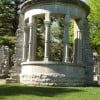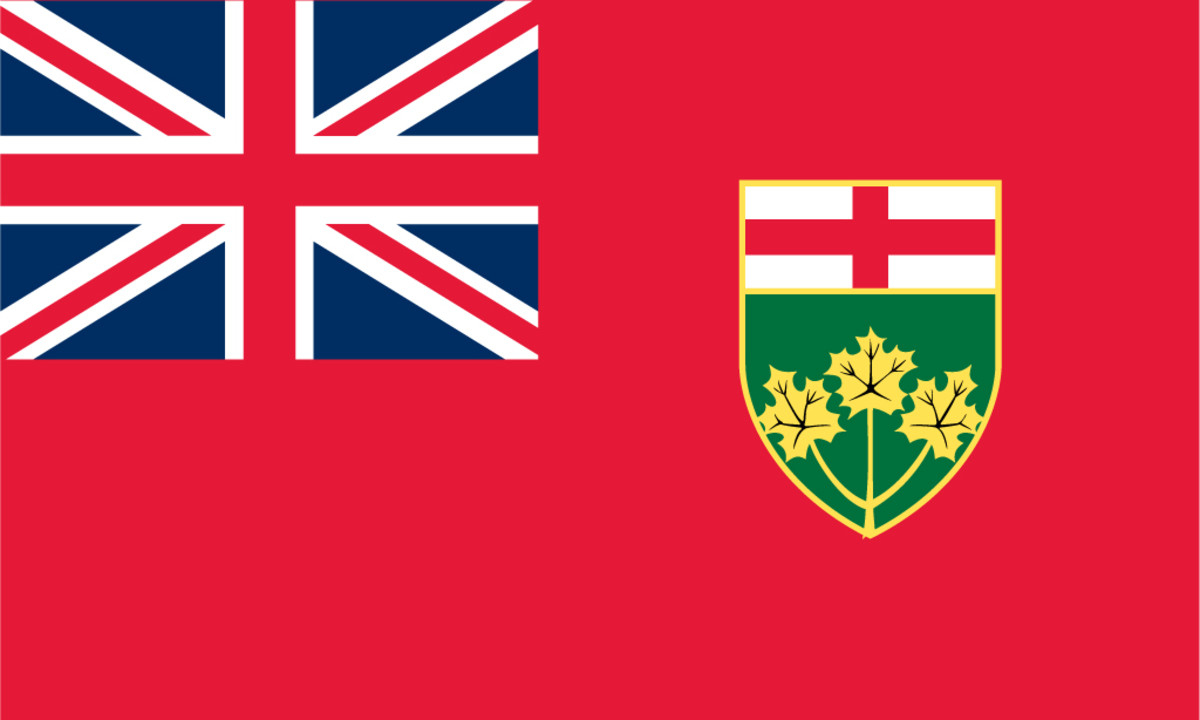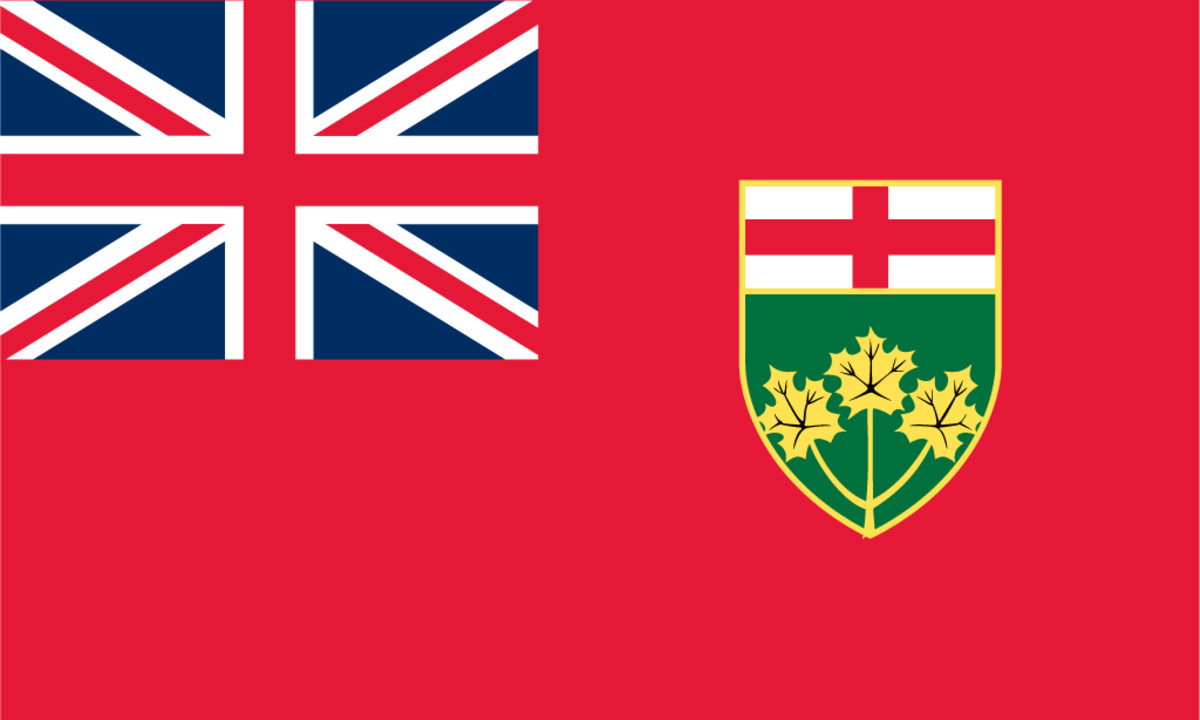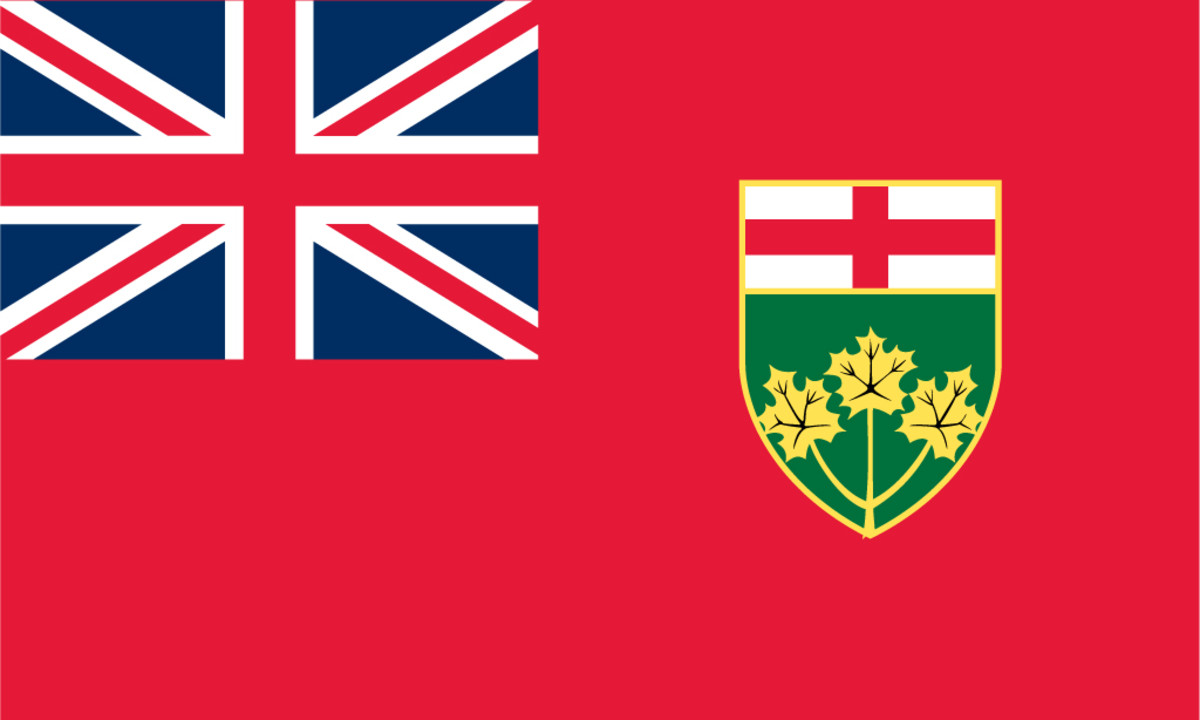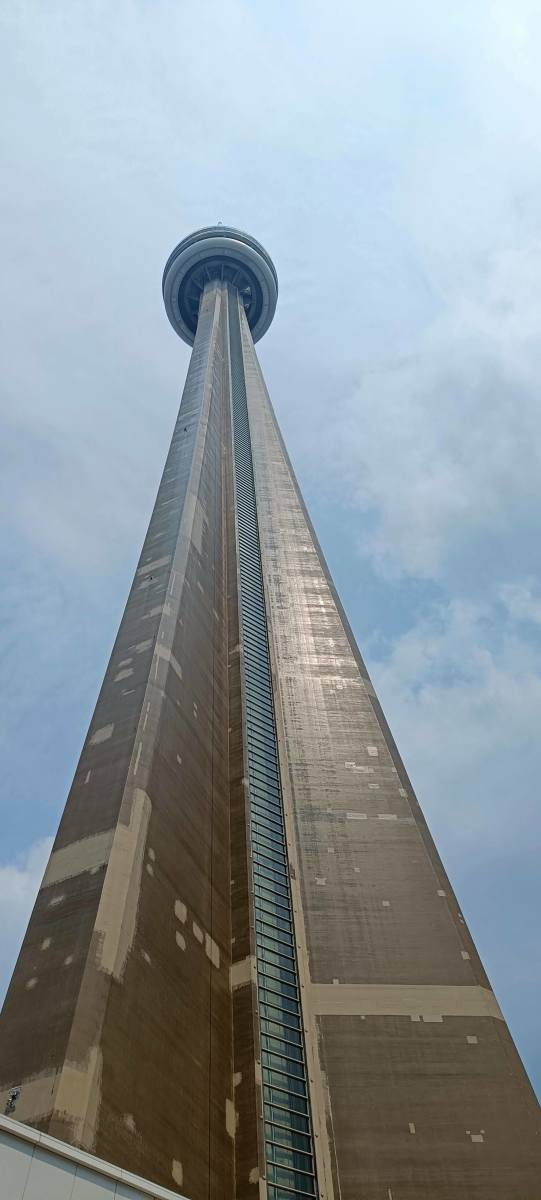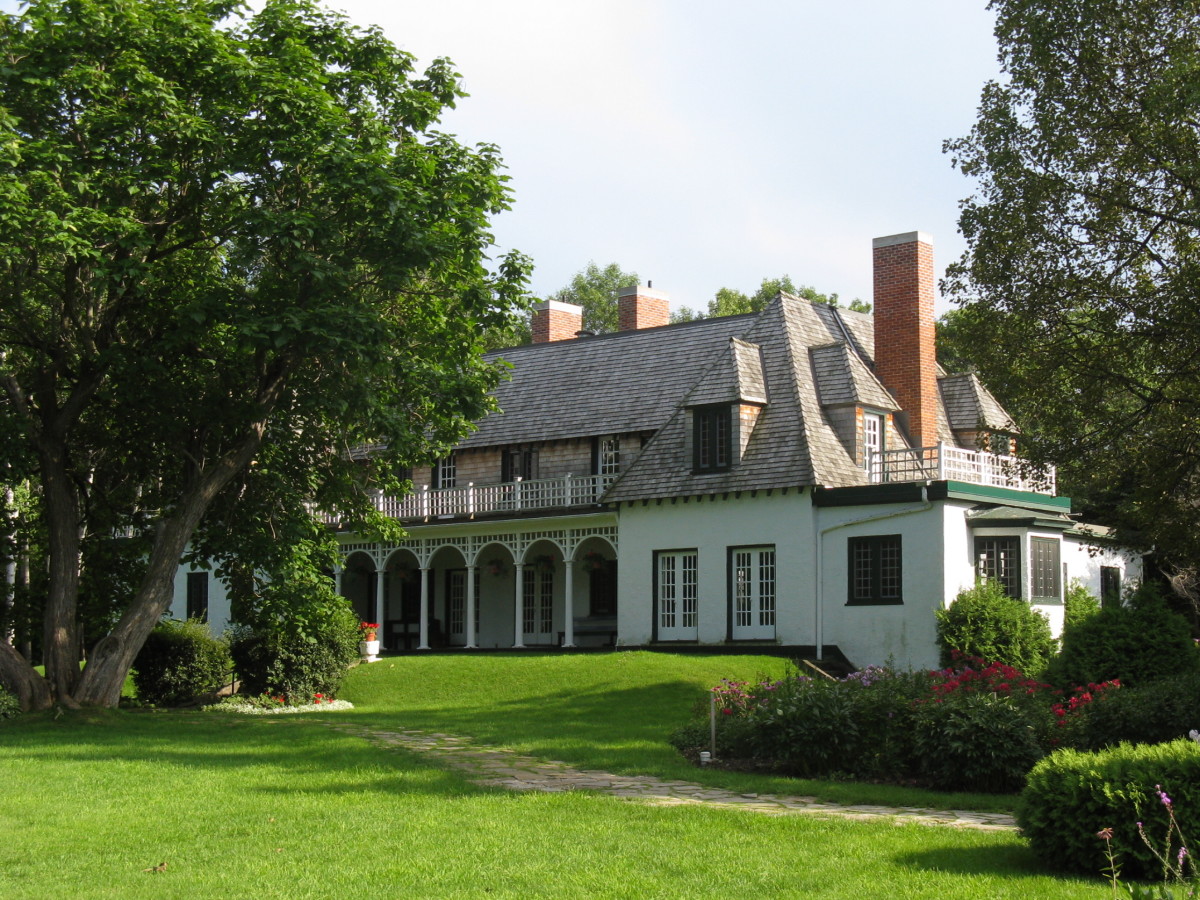Visiting the Lillian Massey Building, Toronto, Ontario: recalling a pioneer of the university education of women
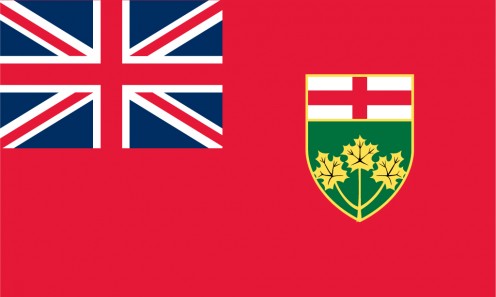
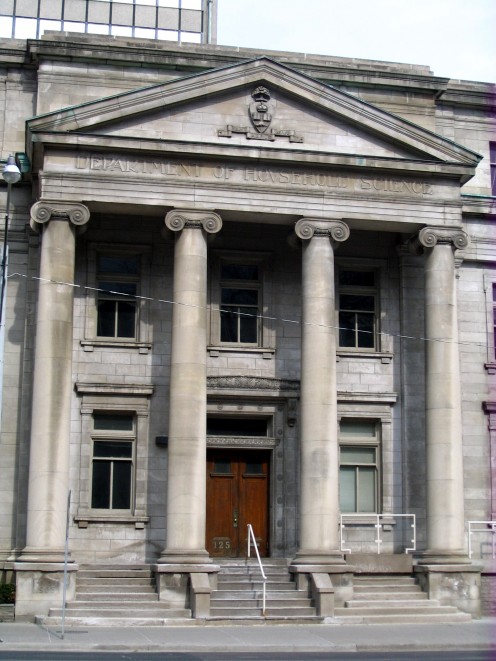
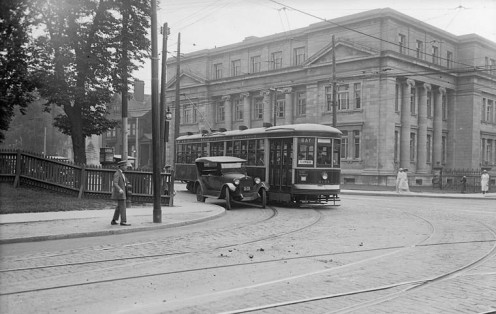
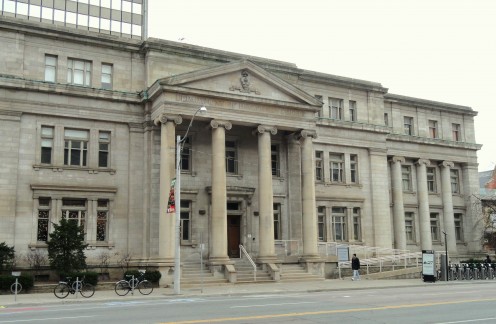
Elegant, academic structure in Indiana marble
The Lillian Massey Building is a monumental, Neoclassical structure built for the University of Toronto. Its architect was George Matel Miller (1855-1933) (1). The structure was commenced in 1908 and completed in 1912, while its formal opening occurred in 1913.
The Building is situated at the intersection of Bloor Street West and Queen's Park (The Avenue), in Toronto, Ontario.
A principal feature of this elegant building, much of the exterior of which is executed in Indiana marble, is the large portico at its Queen's Park elevation. The building's other pediments are inset into the lines of the structure, whereas this portico protrudes conspicuously. Pillars also feature at the Building's Bloor Street elevation, while those facing Queen's Park are, again, more prominent.
The Building's name honours a distinguished pioneer of women's higher education not only at the University of Toronto but further afield in Canada. Lillian Massey Treble (1854-1915)(2) was herself educated at Wesleyan Female College, Hamilton, Ontario and Cleveland Female Seminary, Cleveland, Ohio and a cause with which she was closely associated was to extend higher educational opportunities for women. In 1902, under her sponsorship, the University of Toronto's degree course in household science was founded, after similar courses independent of the University had already been set up. Through the National Council of Women of Canada, Lillian Massey also successfully promoted comparable courses at the University of Manitoba. She also supported similar courses at Mount Allison College, Sackville, Nova Scotia, and at Columbian Methodist College, New Westminster, British Columbia.
A woman of independent means, Lillian Massey was also one of the prime movers of Annesley Hall, which I have described separately, and which lies adjacent to the building bearing her name.
She was strongly identified with Methodist activities and causes, and supported the Toronto City Missionary Society and the work of the Christian Women's Temperance Union.
Today, the University of Toronto's Lillian Massey Builiding houses various entities, including the University's Classics Department and Centre for Medieval Studies, the Ontario Ombudsman and a retail outlet.
In some circles today it may be fashionable to mock the memory of 19th and early 20th century philanthropists, and the religious motivation that lay behind some of them, but in the context of times when Western countries had not yet introduced income tax it was to the wealth of motivated, private individuals — not a few of them religiously very active — that many abiding institutions may be attributed. It is undoubtedly the case that a consensus has emerged over many decades about the need for the state — and the general taxpayer — to become strongly involved in educational endowments. But it also begs the question of the extent to which those involved academic life and study supposedly need to depend on the state to tell them — through its partial control of the purse strings — what they should be allowed to study. In any case, the life of Lillian Massey undoubtedly demonstrates that it was not the state, certainly, that proved to be the driving force for the increase in the particular, university educational opportunities for women that she sponsored.
It is interesting also that the University of Toronto's Lillian Massey Building opened on the eve of the great, cataclysmic conflagration which profoundly altered Canadian history and society.
January 3, 2014
Notes
(1) Other works by Architect Miller include Annesley Hall, University of Toronto; interestingly, the Lillian Massey Building is executed in a very different style from that of Annesley Hall.
(2) Further biographical details may be accessed at: http://www.biographi.ca/en/bio.php?BioId=41694
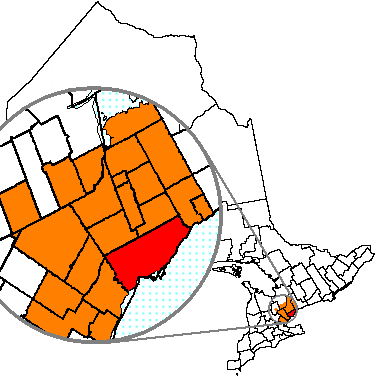
Also worth seeing
In Toronto itself, there is a rich heritage of historic buildings; some of these, within walking distance of the Lillian Massey Building, include: Annesley Hall; Victoria College; Trinity College; the Legislative Assembly building of the Ontario Parliament; Queen's Park; at a slightly further distance: Old City Hall, Campbell House, Osgoode Hall, and many others.
...
How to get there: Air Canada, flies to Toronto Pearson Airport, with wide North American and other connections, from where car rental is available. However, visitors to Downtown Toronto will find many sights to be easily walkable. Some facilities may be withdrawn without notice. For up to date information, please check with the airline or your travel agent. You are advised to refer to appropriate consular sources for any special border crossing arrangements which may apply to citizens of certain nationalities.
MJFenn is an independent travel writer based in Ontario, Canada.
